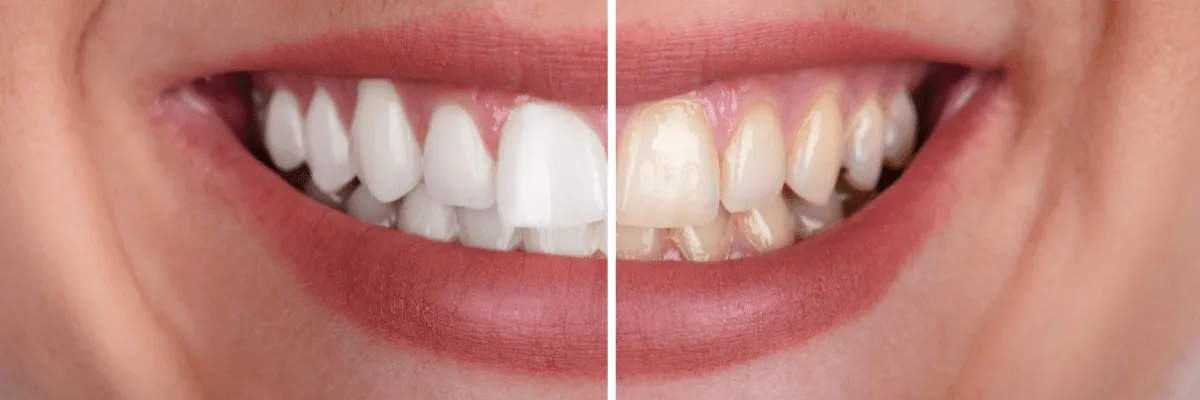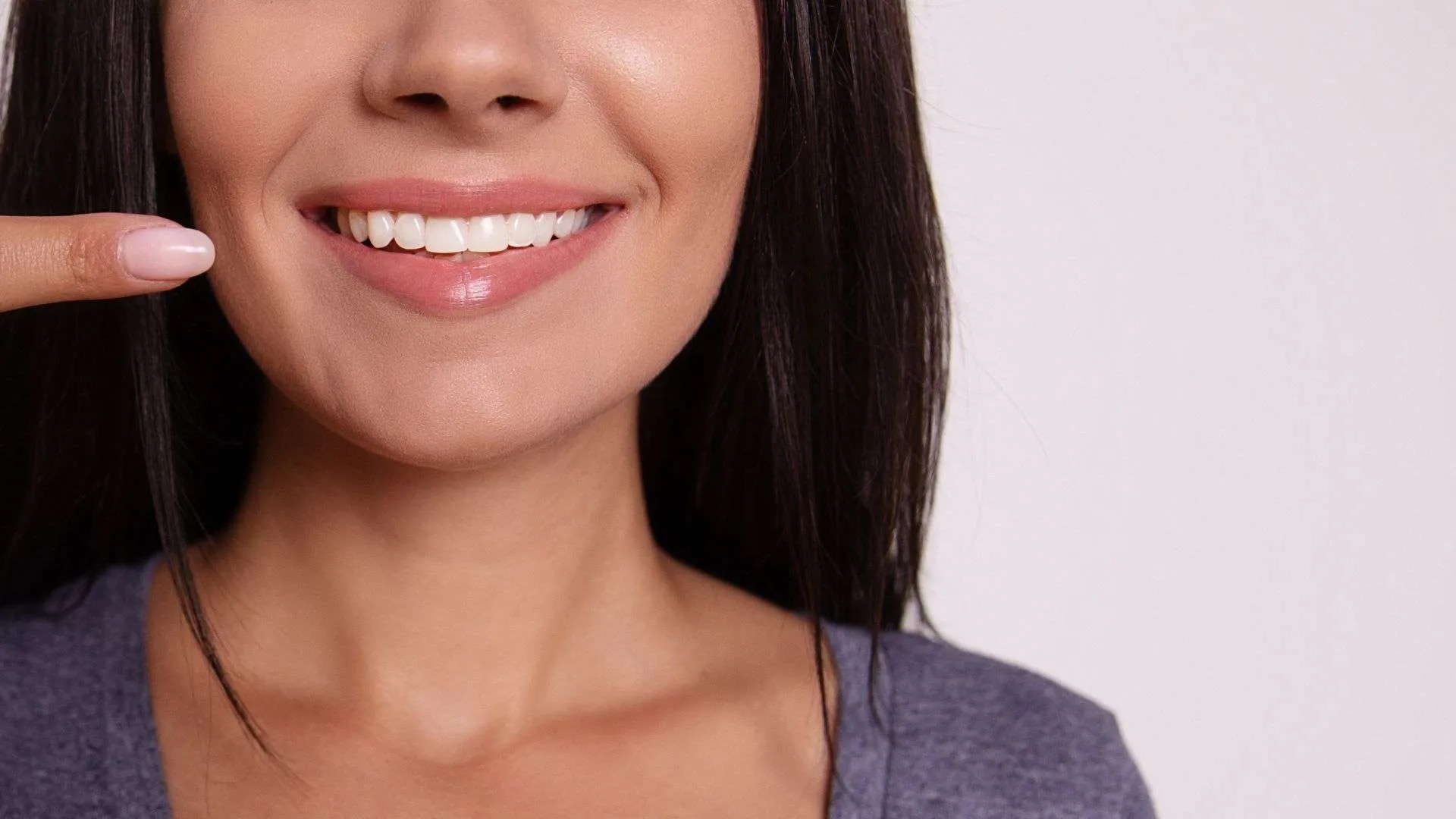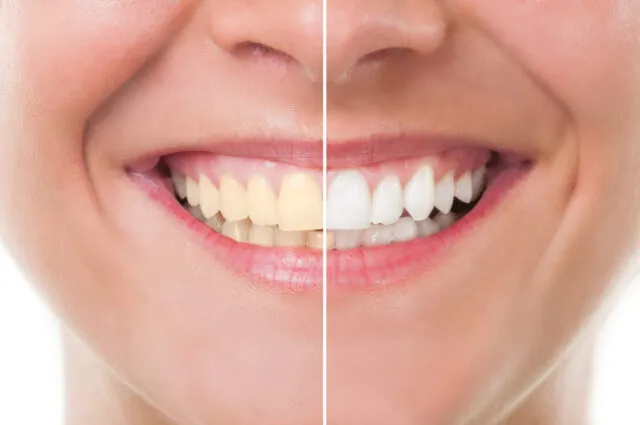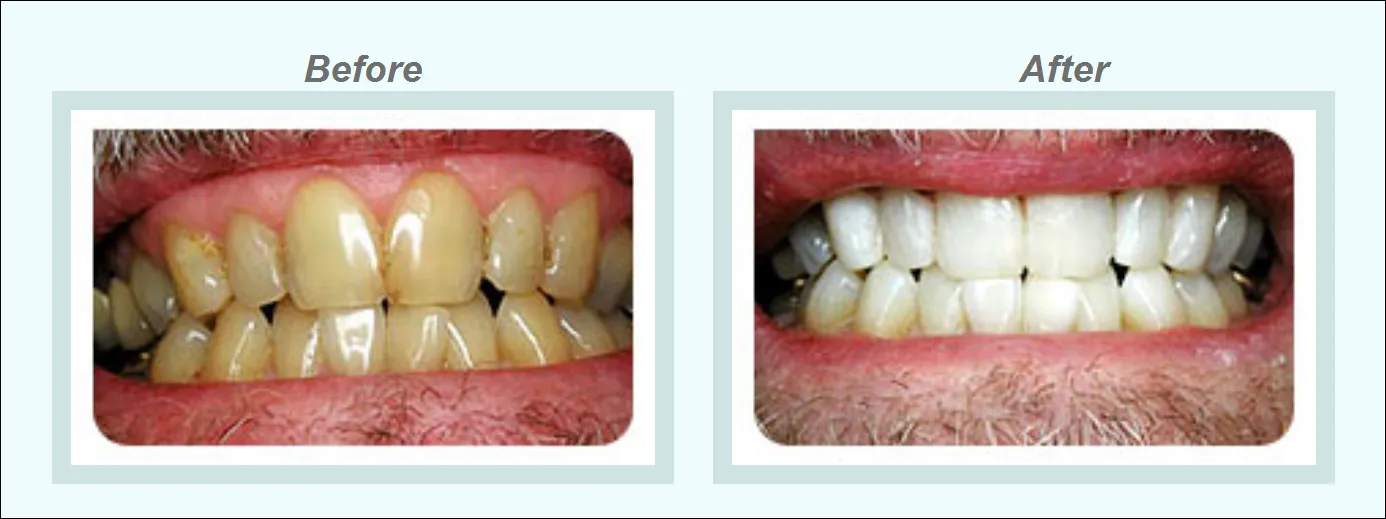What is Teeth Whitening?
Teeth whitening is a cosmetic dental procedure designed to lighten the color of your teeth, making them appear brighter and more aesthetically pleasing. The process involves removing stains and discoloration that can accumulate on the enamel surface, often caused by factors like food, drinks, smoking, and aging. Various methods exist, from professional treatments performed by dentists to over-the-counter products available for at-home use. The effectiveness and longevity of teeth whitening can vary based on the chosen method, individual oral hygiene, and lifestyle choices. Understanding the different types of whitening treatments and factors influencing their frequency is crucial for achieving and maintaining a dazzling smile. Many people seek teeth whitening to boost their confidence and improve their overall appearance, making it one of the most popular cosmetic dental procedures.
Types of Teeth Whitening Treatments
Several teeth whitening options are available, each with its own advantages, disadvantages, and recommended frequency. Understanding these options will help you make an informed decision about which treatment best suits your needs and goals. Professional teeth whitening, usually performed by a dentist, offers the most dramatic and immediate results. At-home kits provide a more gradual approach, often using custom-fitted trays or strips. The choice of treatment depends on your desired outcome, budget, and time constraints. Consulting with a dental professional is crucial to determine the most suitable method for your specific situation and to discuss potential risks and benefits associated with each option. Careful consideration of these factors will pave the way to a beautiful, brighter smile.
Professional Teeth Whitening

Professional teeth whitening involves the use of high-concentration bleaching agents, such as hydrogen peroxide, applied by a dentist. This method offers the most significant and rapid results, often lightening teeth several shades in a single session. The procedure typically involves isolating the teeth, applying the whitening agent, and using a special light or laser to accelerate the process. The frequency of professional teeth whitening depends on individual factors like lifestyle, oral hygiene, and the initial shade of the teeth. Dentists often recommend touch-up treatments every six months to a year to maintain optimal results. Regular dental check-ups and proper oral hygiene practices are essential for maximizing the longevity and effectiveness of professional teeth whitening. Considering its immediate impact and professional oversight, this method remains a top choice for those seeking a quick, effective solution for a brighter smile.
At-Home Teeth Whitening Kits
At-home teeth whitening kits offer a convenient and affordable alternative to professional treatments. These kits typically include custom-fitted trays or strips filled with a lower concentration of bleaching agents. The frequency of use depends on the product and individual needs, with instructions provided on the packaging. Results are usually more gradual than professional whitening, but consistent use can lead to noticeable improvements over time. It’s crucial to follow the instructions carefully to avoid potential side effects, such as gum irritation or tooth sensitivity. Consulting with a dentist before using at-home kits is recommended to ensure they are suitable for your specific situation and to address any underlying dental issues. Regular monitoring and proper oral hygiene are also key to maintaining results. At-home kits provide a flexible and accessible option for those looking to enhance their smile from the comfort of their own homes.
Factors Influencing Teeth Whitening Frequency
Several factors affect how often you can or should undergo teeth whitening treatments. Understanding these influences can help you determine the most suitable schedule for your individual needs and ensure the best possible outcomes. Your diet and lifestyle choices, including consumption of staining foods and beverages and habits like smoking, play a significant role. Additionally, your oral hygiene practices, such as brushing, flossing, and regular dental check-ups, impact the longevity and effectiveness of whitening treatments. The natural color of your teeth and the extent of staining also contribute to the frequency needed. It is essential to consider these aspects to achieve and maintain a bright, healthy smile and make informed decisions about your teeth whitening schedule.
Your Diet and Lifestyle

Diet and lifestyle significantly impact teeth whitening frequency. Consuming staining foods and beverages, such as coffee, tea, red wine, and berries, can accelerate the discoloration of your teeth. Frequent consumption of these items may necessitate more frequent touch-up whitening treatments to maintain a bright smile. Similarly, habits like smoking and chewing tobacco stain teeth and compromise the results of whitening procedures. Minimizing these behaviors and adopting a diet rich in teeth-friendly foods, like fruits and vegetables, can help extend the time between whitening sessions. Being mindful of your diet and lifestyle choices is crucial for maximizing the effectiveness and longevity of your teeth whitening efforts, allowing you to maintain a beautiful and healthy smile for longer.
Oral Hygiene Habits
Maintaining excellent oral hygiene habits is essential for extending the intervals between teeth whitening treatments. Brushing your teeth twice a day with a whitening toothpaste helps remove surface stains and plaque, which can contribute to discoloration. Flossing daily removes food particles and bacteria from between your teeth, preventing staining and promoting overall oral health. Regular dental check-ups and professional cleanings are also vital, as they remove accumulated tartar and surface stains that cannot be addressed at home. Consistently practicing these habits helps preserve the results of your teeth whitening efforts and maintain a healthy, bright smile. Good oral hygiene is a cornerstone of both dental health and the longevity of any teeth whitening procedure.
Your Teeth’s Natural Color and Staining
Your teeth’s natural color and the extent of staining significantly impact the frequency of teeth whitening. Some individuals have naturally lighter enamel than others, which may require less frequent whitening treatments to maintain a desired shade. The type and severity of staining also play a role. Surface stains caused by food and drinks are generally easier to remove and may require less frequent touch-ups than intrinsic stains, which are deeper within the tooth structure. Understanding your teeth’s natural color and the degree of staining can help you determine the most suitable whitening schedule. A dentist can assess your teeth and provide personalized recommendations for maintaining your desired level of brightness.
Top 5 Things to Consider Before Teeth Whitening

Before undergoing teeth whitening, several factors should be considered to ensure a safe and effective experience. Consulting with a dentist is crucial to assess your oral health and determine the most appropriate treatment option. Following the aftercare instructions provided is essential for maintaining results and minimizing potential side effects. Having realistic expectations about the outcome is important, as individual results may vary. Maintaining a consistent oral hygiene routine is vital for preserving your brighter smile. Considering touch-up treatments can help extend the longevity of the whitening effects. Careful consideration of these aspects will contribute to a positive and satisfying teeth whitening experience.
Consult a Dentist Before Treatment
Consulting with a dentist before any teeth whitening procedure is essential. A dentist can assess your overall oral health, identify any underlying issues like cavities or gum disease, and determine if teeth whitening is appropriate for you. They can also recommend the most suitable treatment option based on your specific needs and the condition of your teeth. A professional evaluation ensures that you are a good candidate for whitening and that the procedure will be safe and effective. Your dentist can also provide guidance on aftercare and help you manage any potential side effects, such as tooth sensitivity. This consultation helps you to make informed decisions and achieve the best possible results while maintaining optimal oral health. A professional assessment sets the foundation for a successful and satisfying teeth whitening experience.
Follow Aftercare Instructions
Following aftercare instructions is crucial for maintaining the results of teeth whitening and ensuring your oral health. After a professional whitening treatment or the use of at-home kits, your teeth may be more sensitive to staining. Avoiding staining foods and beverages, such as coffee, tea, red wine, and dark-colored sauces, for a certain period is typically recommended. You should also practice excellent oral hygiene, including brushing twice a day with a whitening toothpaste and flossing daily. Your dentist may advise specific aftercare products or recommend avoiding certain habits. By following these guidelines, you can help preserve the brightness of your teeth and minimize the need for frequent touch-up treatments. Adhering to aftercare protocols is key to long-lasting, beautiful results.
Be Realistic About Results

Having realistic expectations about the results of teeth whitening is vital. While whitening treatments can significantly improve the brightness of your smile, the degree of change varies depending on factors such as the initial shade of your teeth, the type of treatment used, and your lifestyle habits. It is essential to understand that teeth whitening may not yield the exact shade you desire, and individual results can vary. Some people may experience more dramatic changes than others. Additionally, teeth whitening does not change the color of dental restorations, such as fillings or crowns. Discussing your expectations with your dentist is recommended to understand what can realistically be achieved and to determine the most suitable treatment option for your needs. Manage your expectations to ensure satisfaction and avoid disappointment with the final outcome. Understanding the limitations of the procedure can help you to enjoy a brighter smile and a more positive experience.
Maintain a Consistent Oral Hygiene Routine
Maintaining a consistent oral hygiene routine is paramount for preserving the results of your teeth whitening efforts. Regular brushing with a whitening toothpaste helps to remove surface stains and maintain the brightness of your teeth. Flossing daily is equally important, as it eliminates food particles and bacteria from between your teeth, preventing further staining and promoting overall oral health. Additionally, incorporating a mouthwash can provide extra protection. Regular dental check-ups and professional cleanings are essential to remove any buildup and surface stains that cannot be addressed at home. By establishing and adhering to a consistent oral hygiene routine, you can significantly extend the time between teeth whitening treatments and keep your smile bright and healthy for longer. This routine forms the foundation for long-term success and a vibrant smile.
Consider Touch-Ups for Longevity
Considering touch-up treatments can help extend the longevity of your teeth whitening results. The frequency of touch-ups depends on several factors, including your diet, lifestyle, and the type of whitening treatment used. For those who consume staining foods and beverages regularly, touch-ups may be needed more frequently than those with a more conservative diet. Maintaining excellent oral hygiene can also reduce the need for touch-ups. Your dentist can help you determine the appropriate schedule for touch-up treatments based on your individual needs and the results of your initial whitening. Touch-up sessions are usually less intensive than the initial treatment and can help you maintain a bright, confident smile for an extended period. Planning for touch-ups helps keep your teeth looking their best long after the initial whitening procedure.
